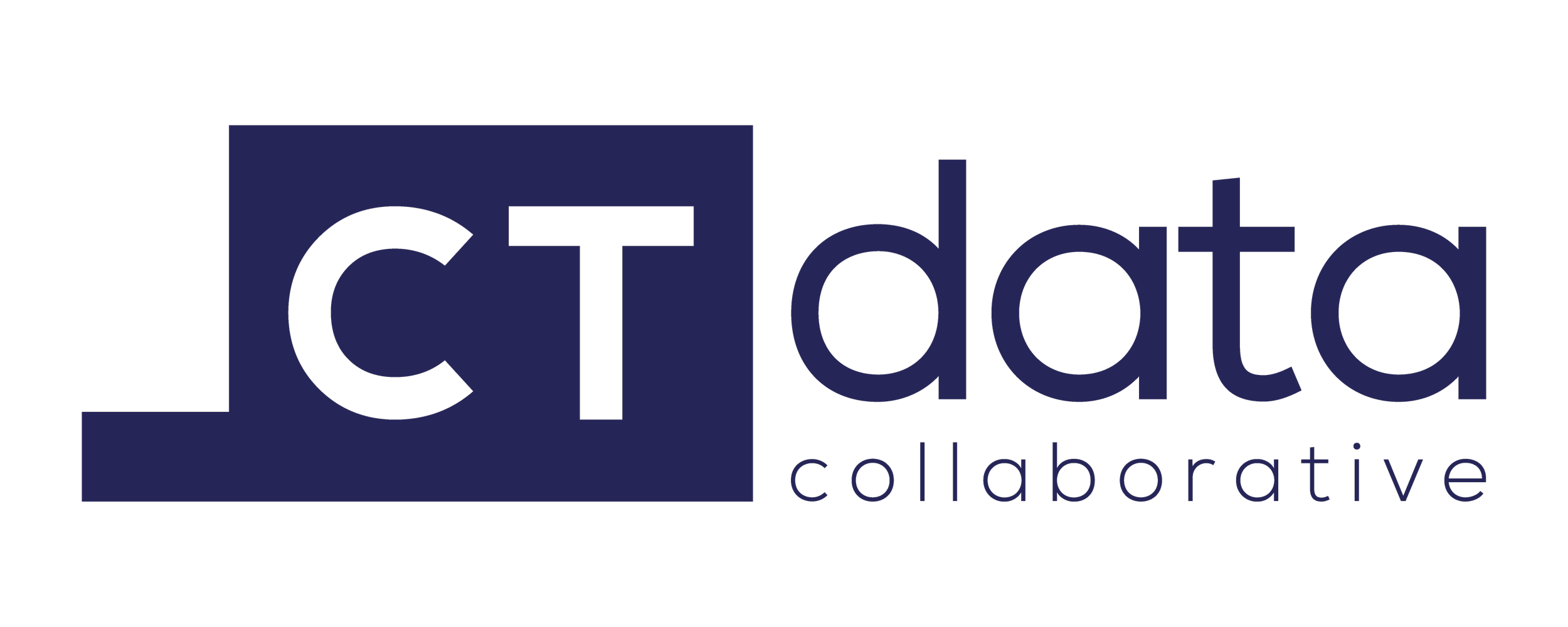The IRS makes data available for returns filed each year. This data can be found at SOI Tax Stats (Statistics of Income). With all the changes in the last few years in tax policy and policies and changes during the pandemic, we wondered what we could learn about income tax returns by examining different standards and itemized deductions for Connecticut. The analysis in this blog post looks at the change between 2019 and 2020.
Read MoreLast week the Census Bureau announced that it will implement updated standards for the collection and reporting of race and ethnicity data set by the Office of Management and Budget (OMB) that are effective as of March 28th, 2024. This is the first time the OMB’s race and ethnicity data standards have changed since 1997. Read more.
Read MoreWhen we work with data, we are always working with a place – a state, the nation, a town, etc. In data-speak, these are called “geographies.” It simply means a physical place to where the data are connected. Explore this blog post to understand the census geographies that are most commonly used in Connecticut.
Read MoreTo celebrate Native American Heritage month, we explored the Decennial Census data files to find some data on Native Americans living in Connecticut. In this post we share what we found about the tribes with the highest populations in Connecticut, demographics of the Native American population in Connecticut, and where Native populations live across the state.
Read MoreAccording to the 2020 decennial census, Connecticut has approximately 1.4 million households, of which 3.9%, or 55,526, are multigenerational. This marks an increase of about 0.3%, or 4,924 households, from the 2010 decennial census. In comparing the change from 2010 to 2020, every planning region in Connecticut experienced an increase in multigenerational households. The smallest increase was in the Lower Connecticut River Valley, with 77 households, or 4.3%, while the largest was in Western Connecticut, with 1,683 households, or 23.5%.
Read MoreAccurate population estimates are vital for informed decision-making and planning for the future. The U.S. Census Bureau produces annual population estimates that provide valuable population insights. This blog post explores the methodology utilized by the Census Bureau to produce these estimates, highlighting the data sources, statistical techniques, and considerations on when to use them.
Read MoreAccurate and reliable population data is essential as we strive to understand our communities and plan for the future. From determining congressional districts to allocating resources for schools and healthcare, population data drives decision-making at all levels of government and beyond.
In this blog post, we'll take a closer look at four commonly used sources of population data: the Decennial Census, American Community Survey (ACS), Population Estimate Program (PEP), and Connecticut Department of Public Health (CT DPH) Population Estimates. Continue reading to learn more about these sources.
Read MoreThe United States Census Bureau’s Population Estimate Program released its Vintage 2022 population estimates for towns in Connecticut for July 1, 2022. Bridgeport remains in the top spot, with the highest population at 148,377 people (an increase of 0.14%), but Mansfield’s population data showed the largest increase. Click to explore more.
Read More